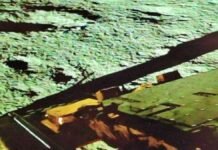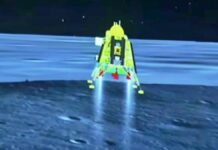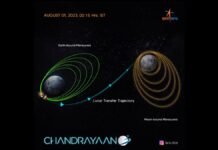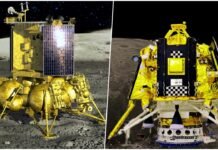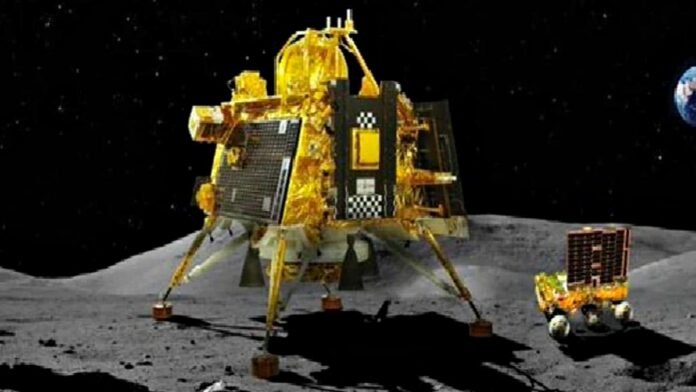
New Delhi: India made history with its third moon mission, Chandrayaan-3, which achieved a soft landing on the lunar south pole, a feat that no other country has done before. However, the mission is nearing its end as it has only seven days left to operate.
ISRO, the Indian Space Research Organisation, said that the mission had accomplished two of its three objectives. The first one was to demonstrate a safe and soft landing on the lunar surface, and the second one was to demonstrate the movement of the rover on the moon. The third objective, which is to conduct scientific experiments on the lunar soil, is still ongoing.
The mission made India the fourth country to land on the moon, after the US, Russia, and China.
CHANDRAYAAN-3’S DURATION ON THE MOON
The mission has a total lifespan of 14 Earth days, which is equal to one lunar day. ISRO may try to extend it for one more day, depending on the power availability of the Vikram Lander and Pragyan Rover.
The mission has completed 7 days so far and has 7 more days to go.
WHY IS THE CHANDRAYAAN-3 MISSION COMING TO AN END SOON?
The reason why the mission is coming to an end soon is because of the ‘lunar night’, which is a period when the moon’s surface does not receive any sunlight. This makes it impossible for the Pragyan rover, which runs on solar power, to continue its work.
The ‘lunar night’ lasts for one lunar day, or 14 Earth days.
HOW DOES THE LUNAR NIGHT OCCUR?
The lunar night occurs because of the moon’s rotation, which takes 28 Earth days to complete. During this time, some parts of the moon are in darkness.
WHAT HAS CHANDRAYAAN-3 DISCOVERED SO FAR?
Earlier this week, ISRO released the first observations from the ChaSTE payload onboard Vikram.
ChaSTE stands for Chandra’s Surface Thermophysical Experiment, and it measures the temperature profile of the lunar topsoil around the pole. This helps to understand how the moon’s surface behaves thermally.
ISRO also shared a graph showing the temperature variations of the lunar surface/near-surface at different depths, as recorded during the probe’s penetration.
This was the first time such a profile of the lunar south pole was obtained. Detailed observations are underway, ISRO said.
Apart from this, the Laser-Induced Breakdown Spectroscope instrument on the Pragyan rover has confirmed the presence of sulfur on the lunar surface near the south pole, through in-situ measurements. This was also a first-ever finding by ISRO.
The rover also detected other elements such as aluminum, calcium, iron, chromium, titanium, manganese, silicon, and oxygen, as expected.
ISRO said that they are investigating further about the presence of Hydrogen on the moon.

CHANDRYAAN-3
India launched Chandrayaan-3 on August 23 and achieved a historic landing on the lunar south pole on August 24.
Prime Minister Narendra Modi announced that the landing site would be named as ‘Shiv Shakti Point’ and the site where the Chandrayaan-2 lander crashed in 2019 would be called ‘Tiranga Point’.
He also declared that August 23 would be celebrated as National Space Day in India.




































